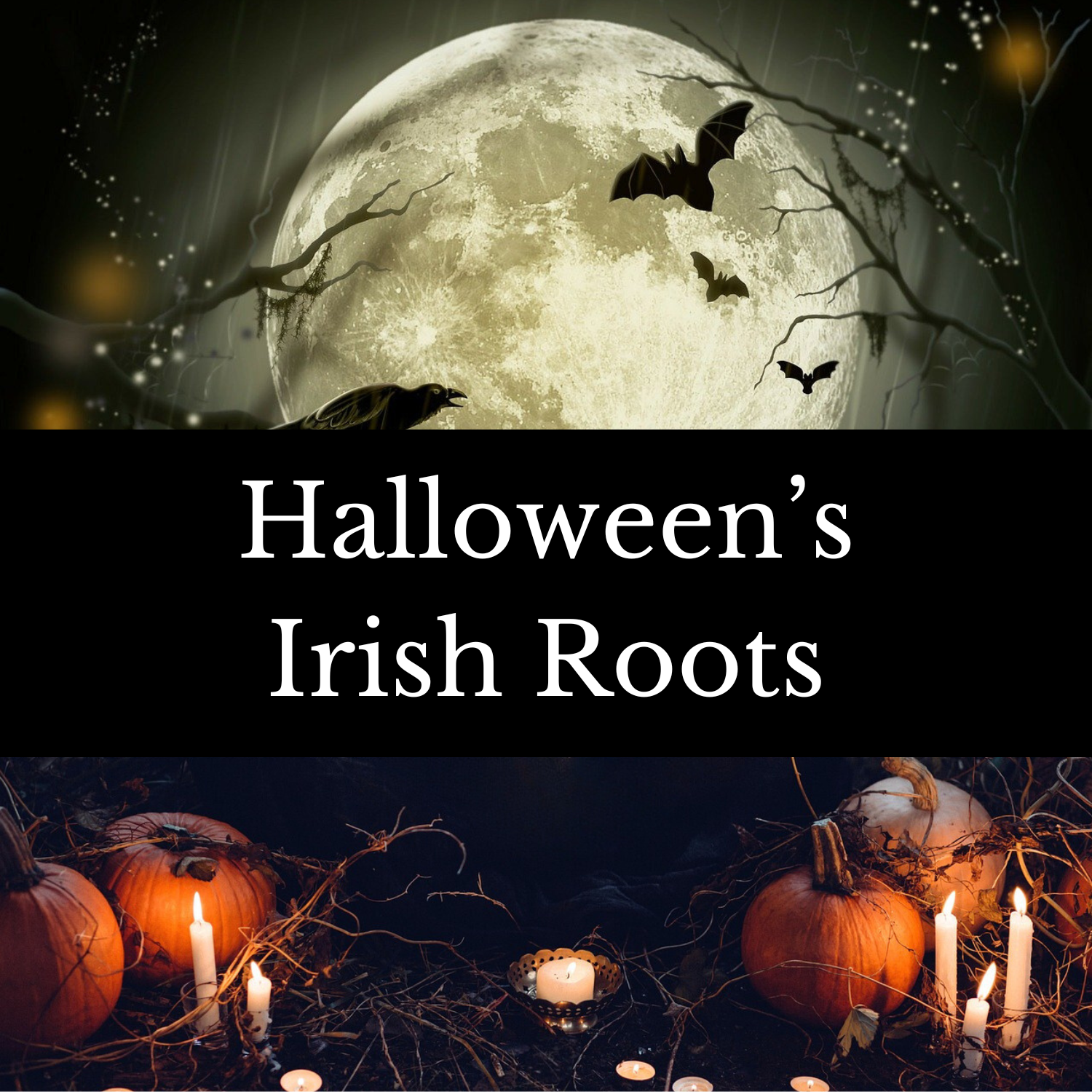
Halloween's Irish Roots
As with many mainstream holiday traditions celebrated in modern America, it's difficult to discern the origin and purpose of many of the ways in which we celebrate Halloween. There is always a vague Pagan origin that's been watered down to make it more accessible and exciting to youngsters. Halloween is no different and is an amalgamation of many cultures and how they celebrate. However, the most important facets of Halloween are believed to have started over 2,000 years ago in an Irish cave.
Pre-Christian Celts celebrated Samhain (pronounced "Sah-Win") on October 31st as a new year festival and to mark the end of the harvest; it also coincided with when the veil between the worlds of the living and dead was at its thinnest. Samhain originated in central Ireland, at a place called Rathcroghan, an important medieval site that hosted Celts from all over the country to meet up to celebrate festivals, worship, and settle political matters. Also in the vicinity was the cave of Oweynagat, believed to be the entrance to Tír na nÓg (pronounced "teer na noog"), or the Irish spiritual underworld.
Samhain festival-goers would make offerings and sacrifices to benevolent agrarian spirits to thank them for a successful harvest, while other monsters and fearsome beasts would also be able to emerge from Oweynagat to transform the landscape and make it ready for winter. These vengeful monsters were also known to drag people back into the cave, and Tír na nÓg, with them at the end of the night. To prevent this, people would disguise themselves as hideous monsters and light bonfires.
Despite the efforts of the Catholic Church, Samhain survived for centuries and was eventually brought to America with the first wave of Irish immigrants in the 1840s. For the first century, the holiday was more tricks than treats, with costumed adolescent boys committing such pranks as taking their neighbors' gates off of their hinges and ringing doorbells. During the Great Depression, the mischief had escalated even more to detonating pipe bombs and breaking shop windows and concerned parties knew they had to provide a more productive outlet for their youth. Thus, trick-or-treating was born and giving candy became more common than enduring pranks. Haunted houses also experienced a rise in popularity.
Thus, Halloween is almost as much an Irish holiday as St. Patrick's Day. Between jack-o-lanterns and their kinship to will-o-the-wisps, and trick-or-treating's resemblance to going door to door for soul cakes on All Saints Day, American Halloween celebrates the best parts of Irish Samhain.
To view this blog with additional photos, decor and furniture we have available click here!
Interested in reading our previous blogs? Click here!
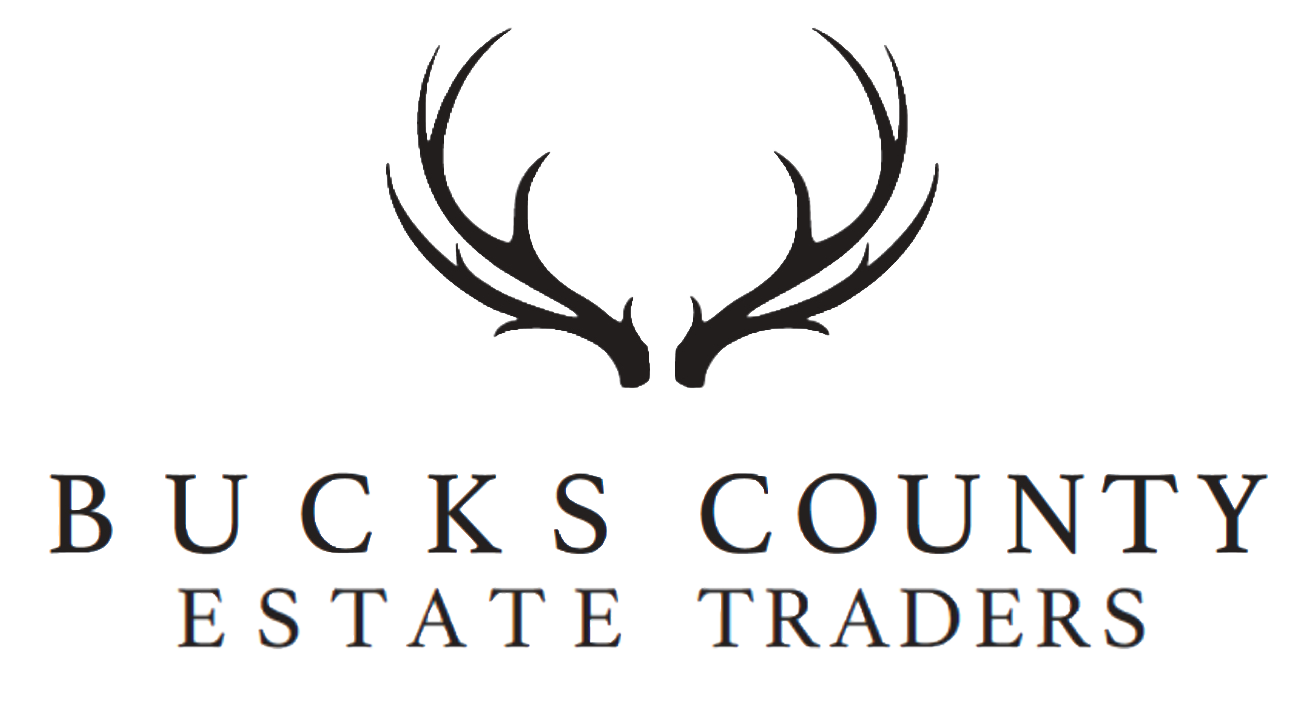
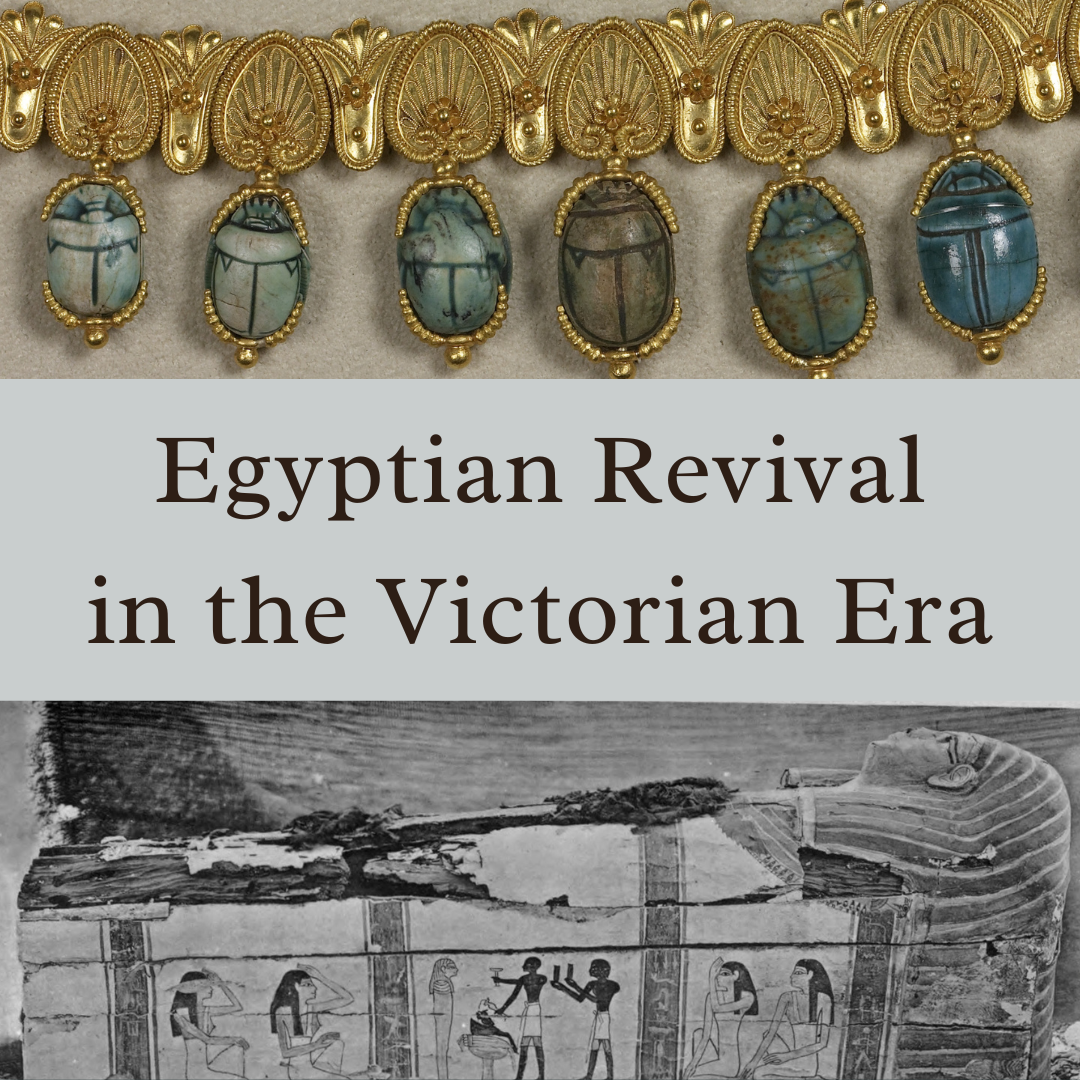
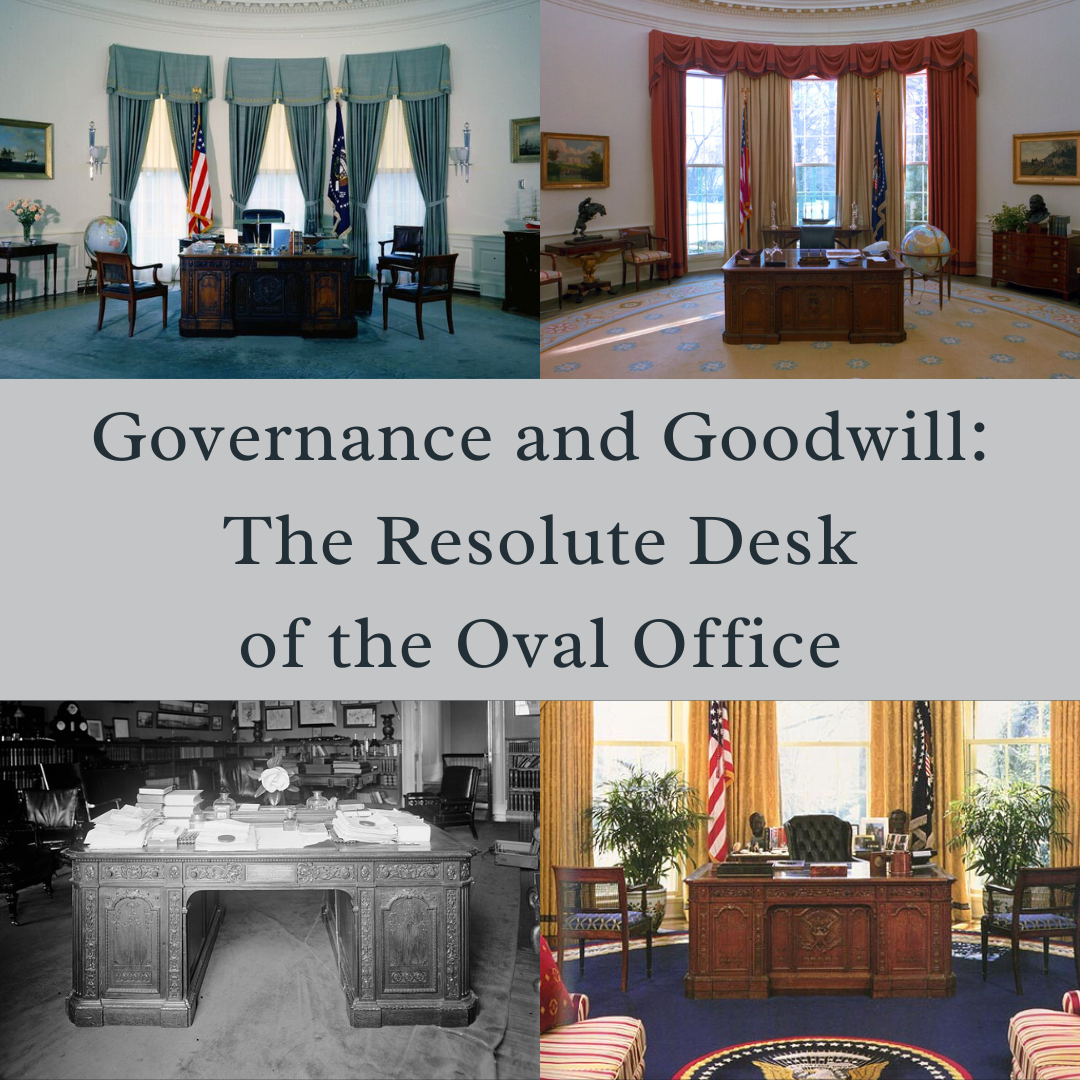
Leave a comment
This site is protected by hCaptcha and the hCaptcha Privacy Policy and Terms of Service apply.